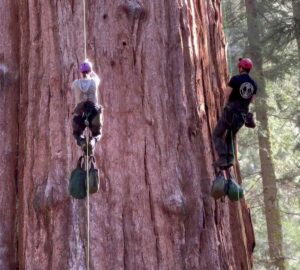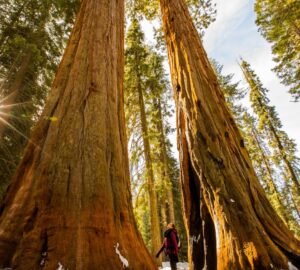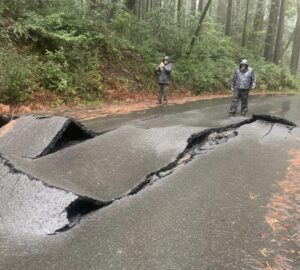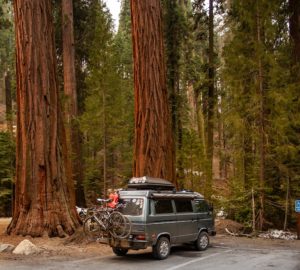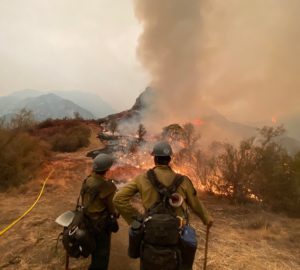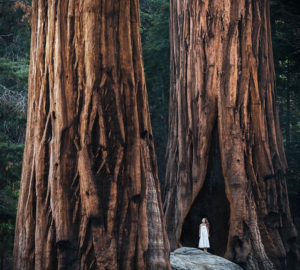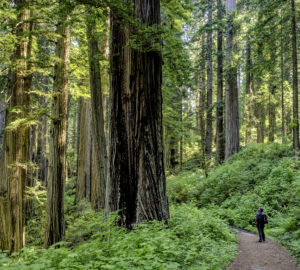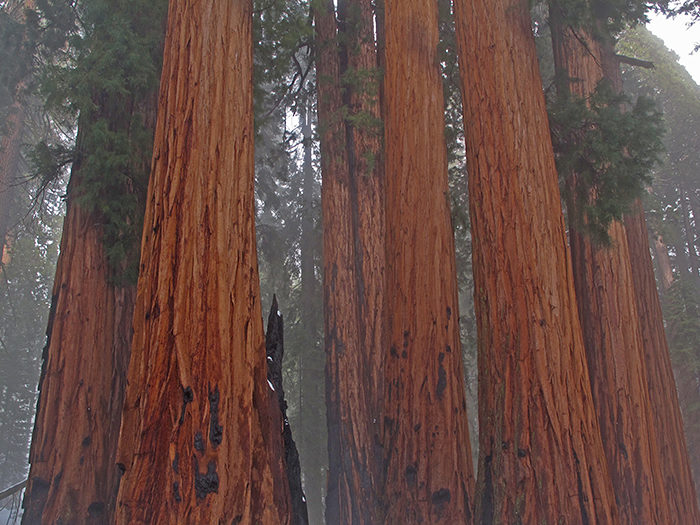
When people visit California’s giant sequoia, they expect to gaze in wonder at the majestic trees as they walk soft trails and breathe fresh mountain air. According to a recent report from the National Parks Conservation Association, that last part of the equation is problematic at several national parks, including Sequoia, Kings Canyon and Yosemite National Parks. Startlingly, the report names Sequoia and Kings Canyon as among the parks with the worst air pollution in the country, meaning that the parks “had unhealthy air for most park visitors and rangers to breathe for more than two months of the year, mostly in the summer months.”
Because connecting Californians with enjoyable experiences among our spectacular redwoods is a core part of Save the Redwoods League’s mission, we take studies like this one about air quality in the giant sequoia seriously.
According to the report, poor air quality in the Sierra Nevada Mountains is being driven primarily by emissions from vehicles and the agriculture industry in the San Joaquin Valley, already known to be one of the worst areas for air pollution in the nation. Thankfully, California’s recent push to set ambitious goals for the reduction of greenhouse gas emissions particularly targets these sources of air pollution. However, some proposals at the federal level are concerning.
In April of this year, the Bureau of Land Management proposed a new plan to open up more than 1.6 million acres of public land in central California to oil and gas production, including hydraulic fracturing, or fracking, putting nearby communities and the national parks in the mountains above, at risk of increased air pollution. BLM is not proposing extraction in the parks themselves, but on lands near enough that it could exacerbate air pollution and negatively impact wildlife, water quality, and sensitive habitats. The planning area defined in the environmental impact statement spans from the mountains of the southern Sierra, across the Central Valley, to the central California coast.
The BLM’s proposed plan would lift a federal moratorium on leasing federal land in California to oil and gas developers, which came in 2016 after a federal judge ordered similar leasing efforts to be postponed until the BLM could better evaluate the environmental risks of fracking. The government will attempt to address the court’s concerns in an updated EIS slated for later this summer.
Save the Redwoods League is monitoring all of this closely. We encourage the creation of comprehensive plans to address pollution in our parks under the Clean Air Act, which requires states to work with polluters to reduce emissions and clear the skies in and around national parks and wilderness areas.
To get the latest redwoods news and to stay informed as this issue progresses, be sure to sign up for our email list.

